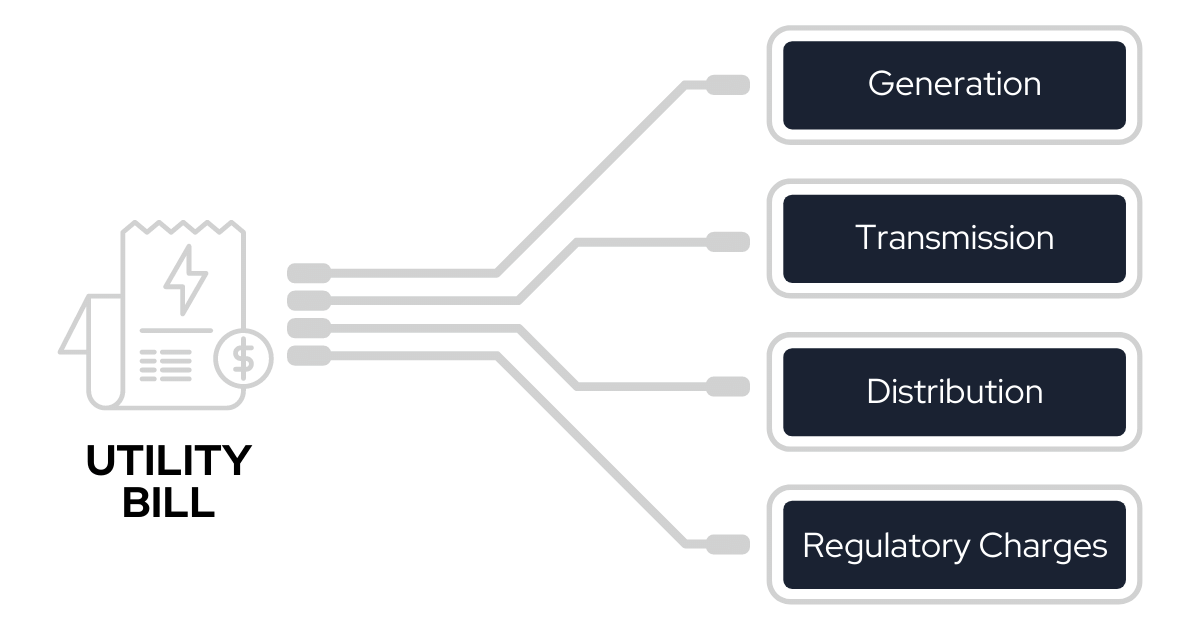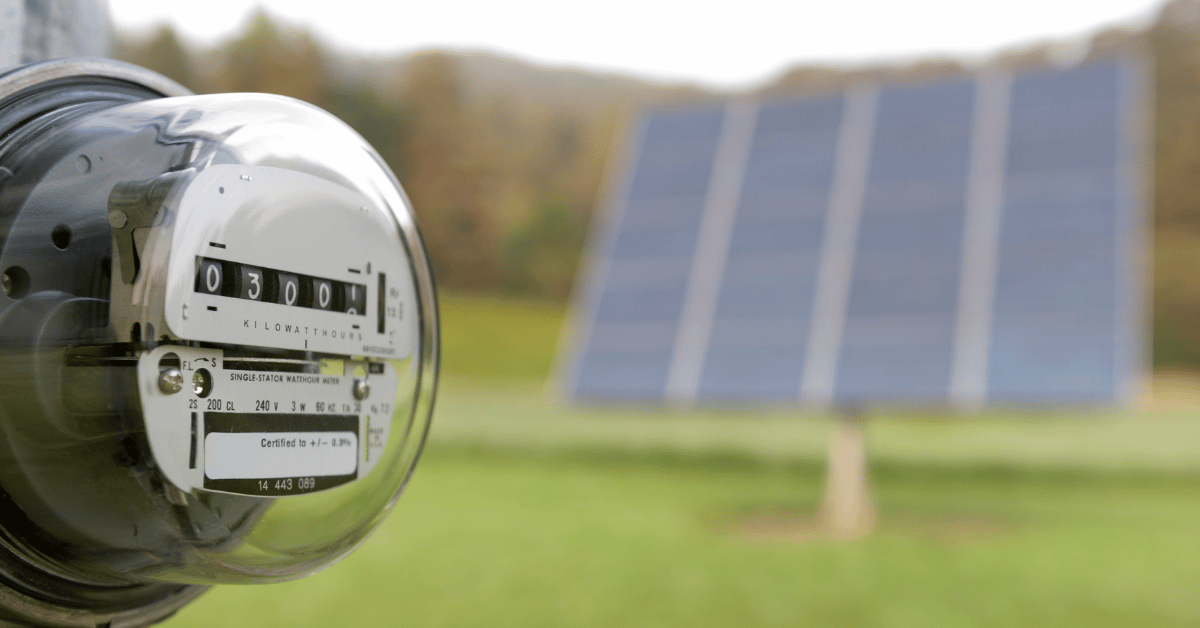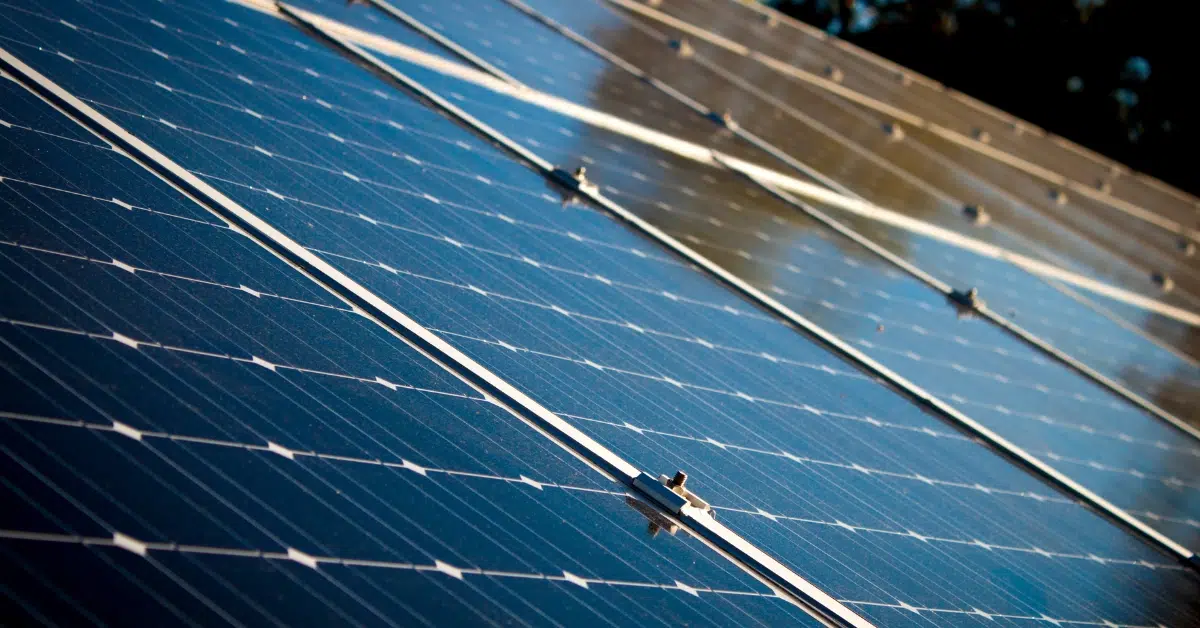As residents and business owners in Oklahoma, understanding the dynamics of electricity costs is vital for making informed decisions about energy consumption and exploring alternative solutions. In this blog post, we will delve into OG&E statistics and pricing updates to shed light on the factors influencing electricity costs in the state. By keeping track of the latest information and trends, you can proactively manage your energy expenses and explore the benefits of renewable energy sources like solar power.
OG&E: A Leading Electricity Provider in Oklahoma
Oklahoma Gas & Electric Company (OG&E) is one of the largest electric utilities in the state, serving customers across a wide geographical area. As a significant player in the energy market, OG&E plays a crucial role in determining electricity rates and policies that affect consumers and businesses.
Understanding Electricity Pricing Components
Electricity costs are influenced by various factors that make up your utility bill. These components include the cost of generation, transmission, distribution, and various regulatory charges. The cost of generation is the expense incurred to produce electricity at power plants, while transmission and distribution costs cover the infrastructure required to deliver electricity to homes and businesses. Additionally, regulatory charges encompass fees imposed by governing bodies to support various programs and initiatives related to energy and environmental goals.

Seasonal Variations in Electricity Demand
Electricity demand in Oklahoma often experiences seasonal fluctuations due to weather conditions. During hot summer months, the demand for electricity typically rises as people rely on air conditioning to combat the heat. Increased demand can put pressure on the electricity grid, potentially leading to higher electricity rates during peak hours. Understanding these patterns can help you plan for peak usage periods and explore energy efficiency measures to reduce consumption and costs.
Renewable Energy Integration and Its Impact
As the awareness of renewable energy sources grows, OG&E and other utility providers in Oklahoma are gradually incorporating more renewables into their energy mix. Solar, wind, and battery power are becoming increasingly prevalent in the state’s energy grid. This shift towards renewables can impact electricity costs, as these sources often have lower operating costs and help diversify the energy supply. The integration of renewable energy can also contribute to reducing carbon emissions and promoting sustainability in the state’s energy sector.
Time-of-Use (TOU) Pricing Programs
OG&E and other utilities have been exploring Time-of-Use (TOU) pricing programs as a way to manage electricity demand more efficiently. TOU plans offer different rates based on the time of day and season, encouraging consumers to shift their energy usage to off-peak hours when electricity is cheaper. By adjusting your energy consumption patterns to align with TOU pricing, you can optimize your energy expenses and potentially save on electricity costs. This is primarily done through the use of solar equipment paired with batteries.
Pro Tip: Coupling this with battery and solar, you can program your TOU hours into your battery to take over the majority of your electricity usage during peak hours to have off-peak pricing 24 hours a day.
The Role of Energy Efficiency
Investing in energy-efficient appliances, lighting, and insulation can significantly impact your electricity bills. Energy efficiency measures help reduce overall energy consumption and lower electricity costs. Implementing simple changes such as using LED bulbs, sealing drafts, and upgrading to ENERGY STAR-rated appliances can lead to substantial savings over time.
The Potential of Solar Energy in Reducing Electricity Costs
Solar energy presents a viable solution for reducing electricity costs in Oklahoma. By harnessing the abundant sunlight, homeowners and businesses can generate their own electricity and offset their reliance on traditional utility power. Exploring solar options, including net metering, incentives, and financing, can provide significant long-term savings on electricity bills. Net metering allows solar system owners to earn credits for excess energy they produce, which can be applied to offset future electricity consumption from the grid.
OG&E’s Sustainable Initiatives
OG&E is actively involved in various sustainable initiatives to promote clean energy and environmental responsibility. By keeping track of OG&E’s sustainable practices, you can stay informed about the utility’s commitment to reducing its environmental footprint and providing customers with greener energy options.
Conclusion
Staying informed about OG&E statistics and pricing updates is essential for effectively managing your electricity costs in Oklahoma. By understanding the various factors influencing electricity rates and exploring alternative energy solutions like solar power, you can make informed decisions that align with your financial goals and environmental values. Embracing energy efficiency and renewable energy sources not only benefits your wallet but also contributes to a sustainable and greener future for Oklahoma. Stay informed, explore your options, and take advantage of the evolving energy landscape to make the most of your energy consumption while contributing to a cleaner and more sustainable energy future.






